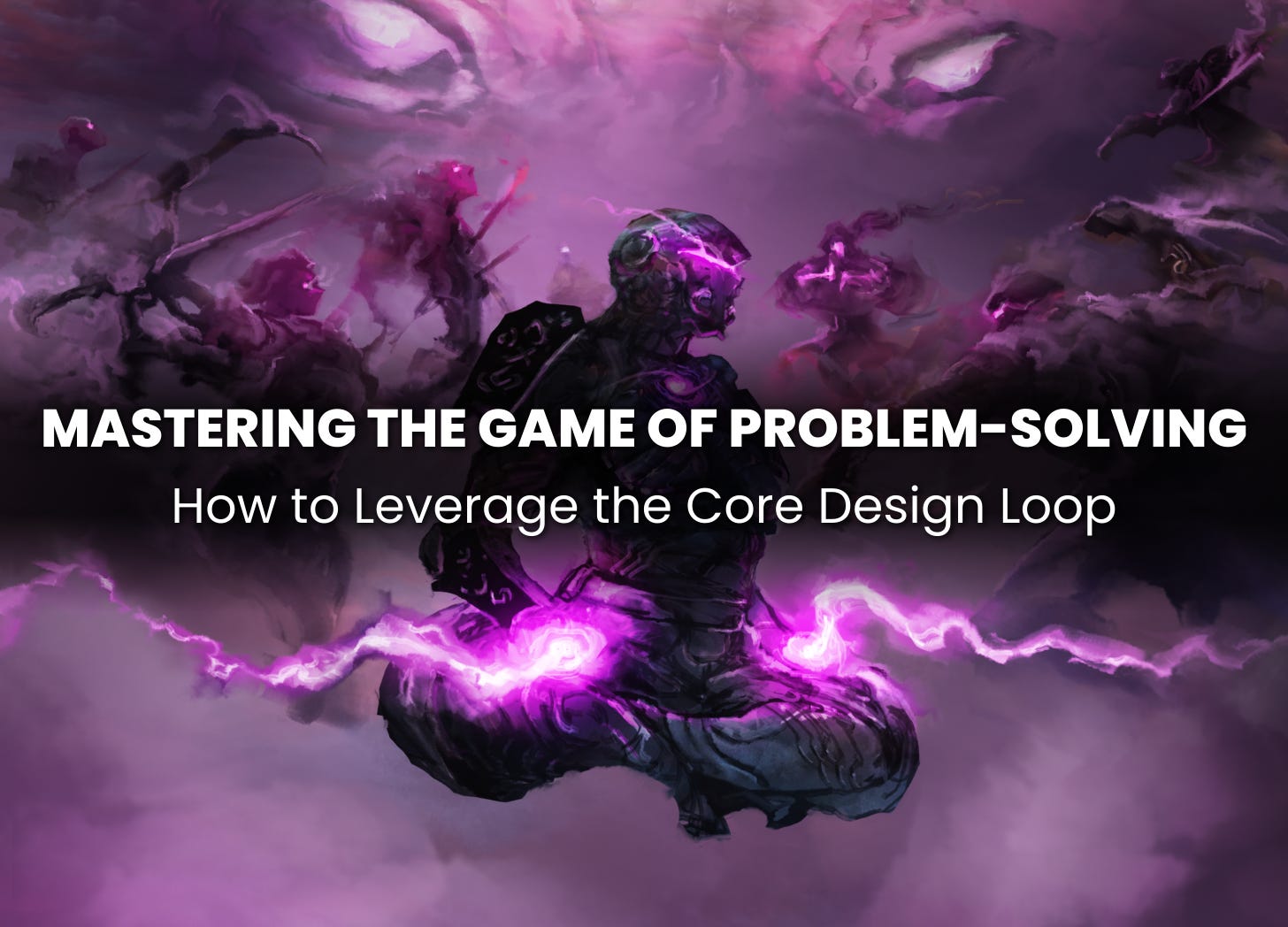A Winning Formula
I stared at the two trophies on our hotel room dresser and shook my head, smiling in utter joy and disbelief. My teammate and closest friend Rob Dougherty and I had just finished first place and second place in one of the biggest Magic events of the year, Pro Tour Houston 2002. Our other teammate, Darwin Kastle, finished third, taking home $65,000 collectively. We took down 350 of the top players in the world in one of the most dominant performances in the history of Magic: the Gathering. Or frankly, of any game ever. At the end of the Swiss rounds of competition, we were at the top of the rankings, crushing all opposition. In the top 8 single-elimination competition, we won every match without losing a single game to anyone but each other. We had different decks and playstyles but a shared system for building an incredible outcome.
For months prior, we gathered in Boston at Rob’s “Your Move Games” store almost every day. I trudged through the snow to enter the must…
Keep reading with a 7-day free trial
Subscribe to Think Like A Game Designer to keep reading this post and get 7 days of free access to the full post archives.



